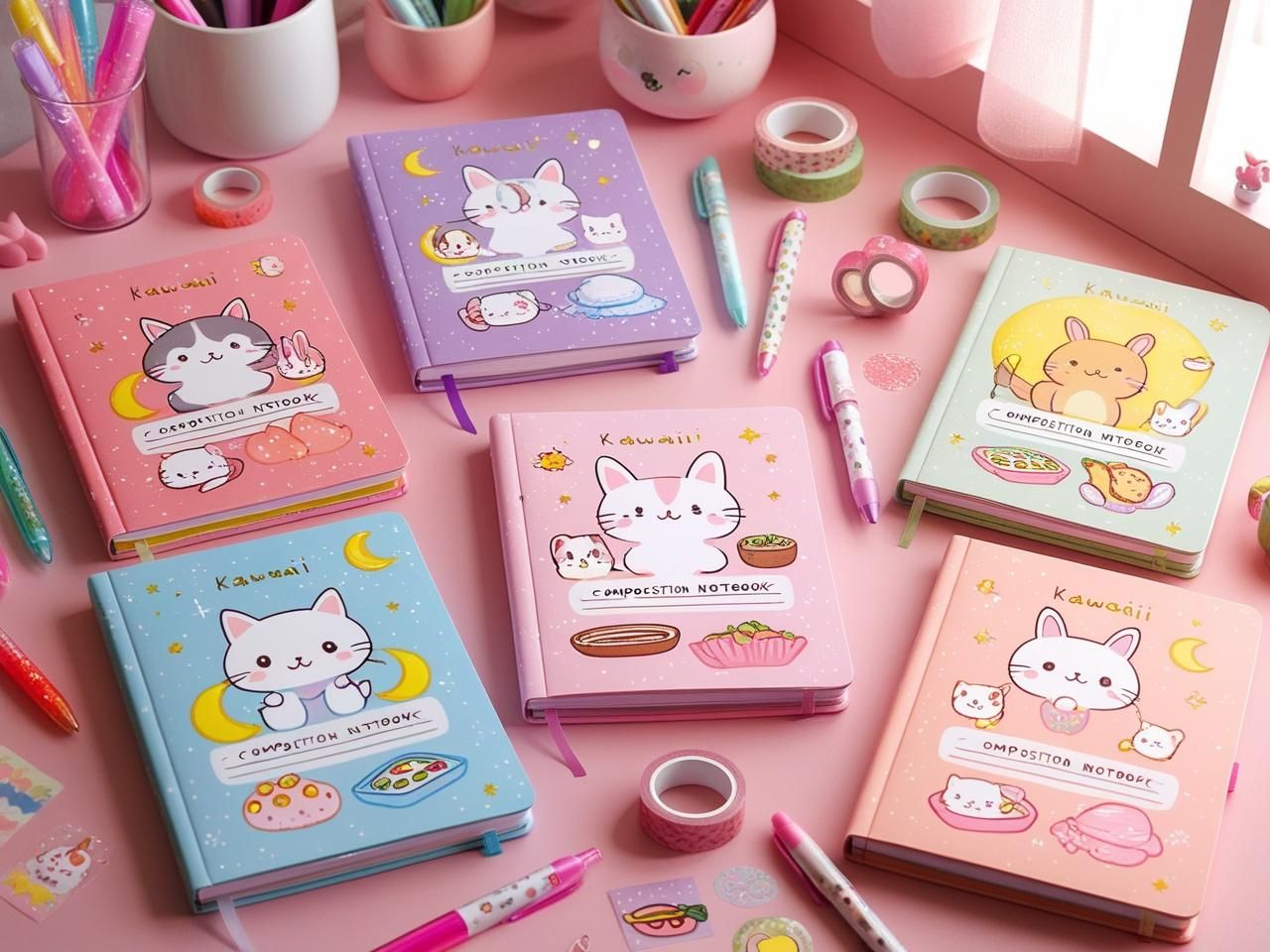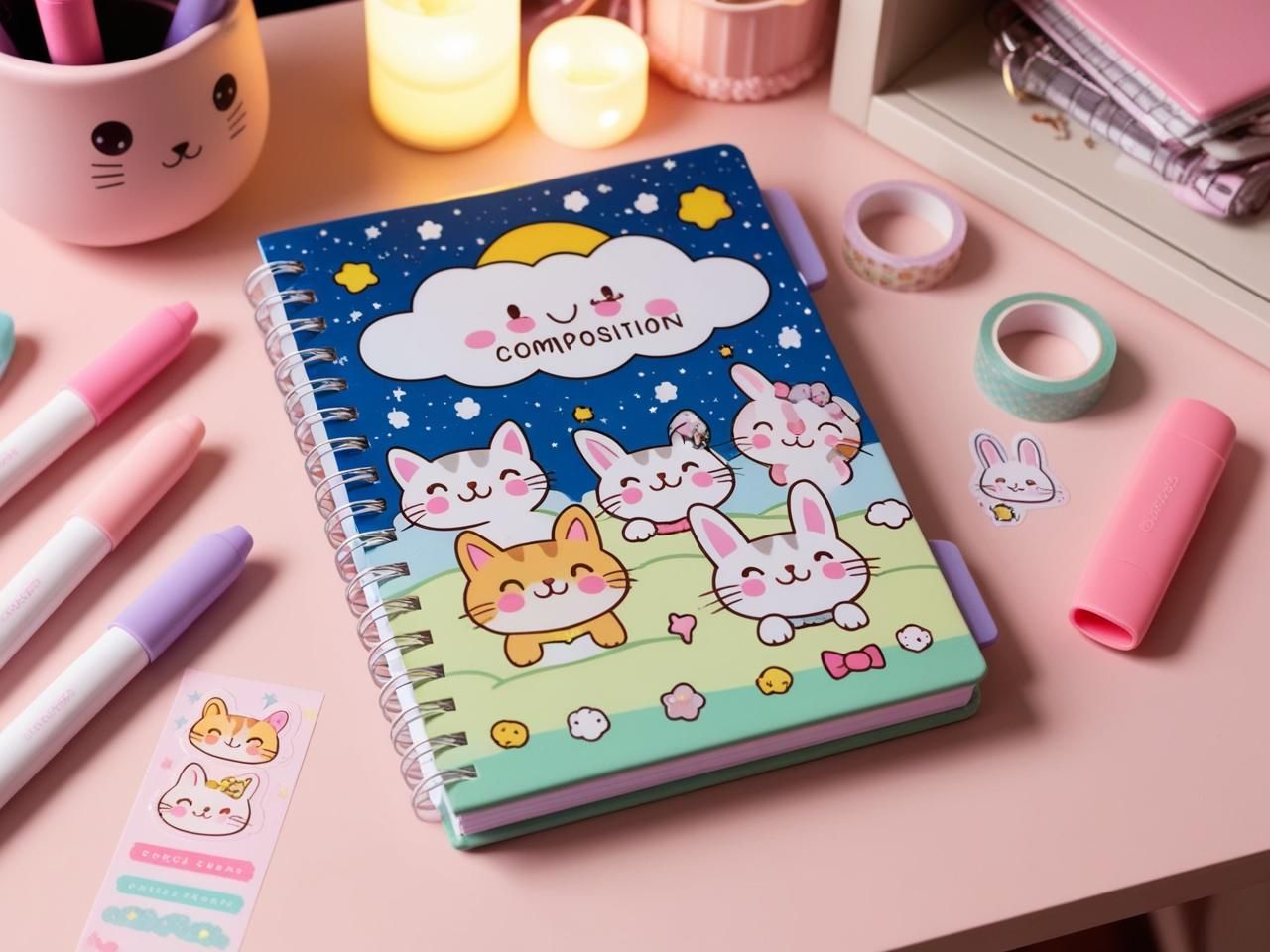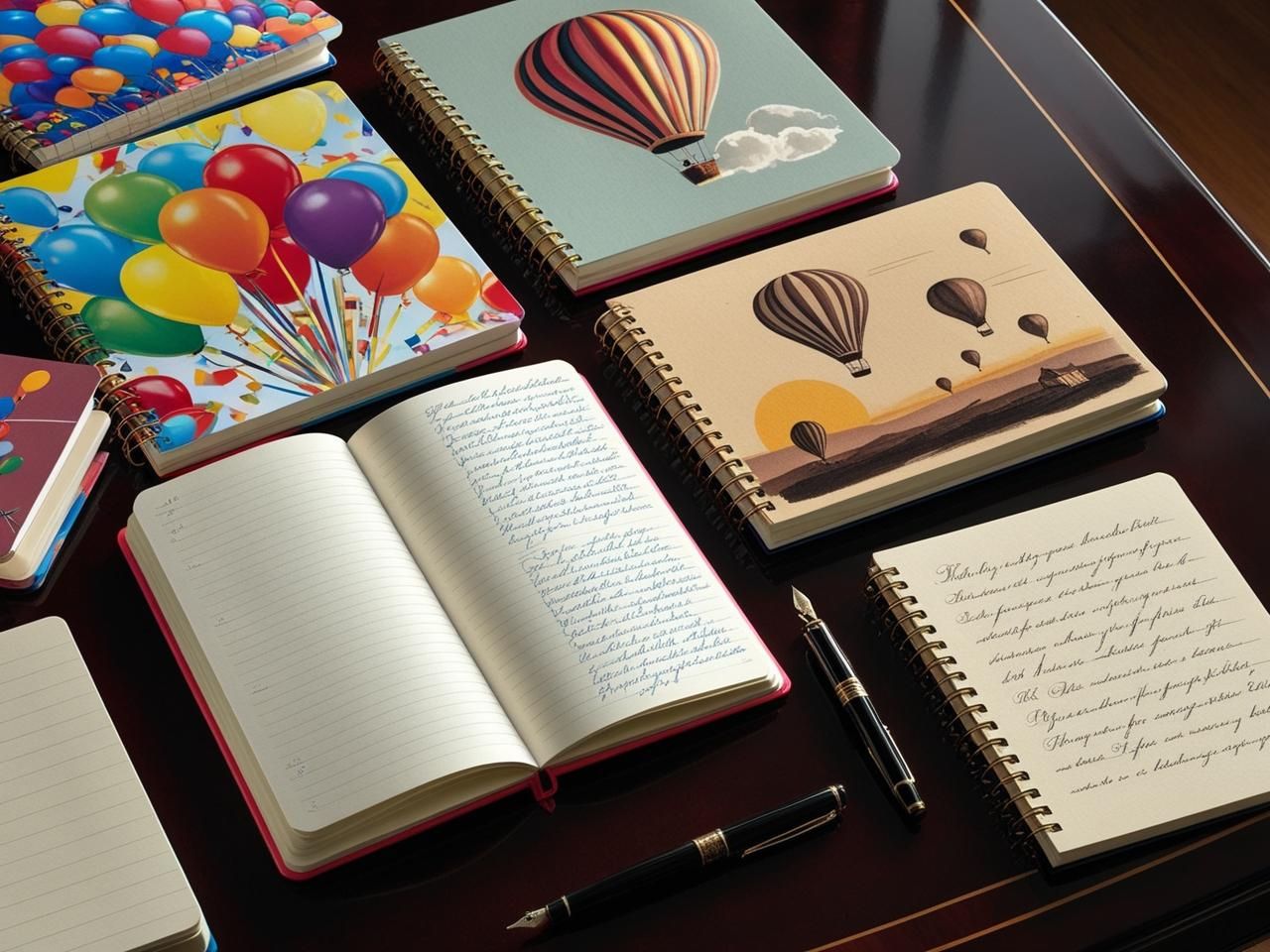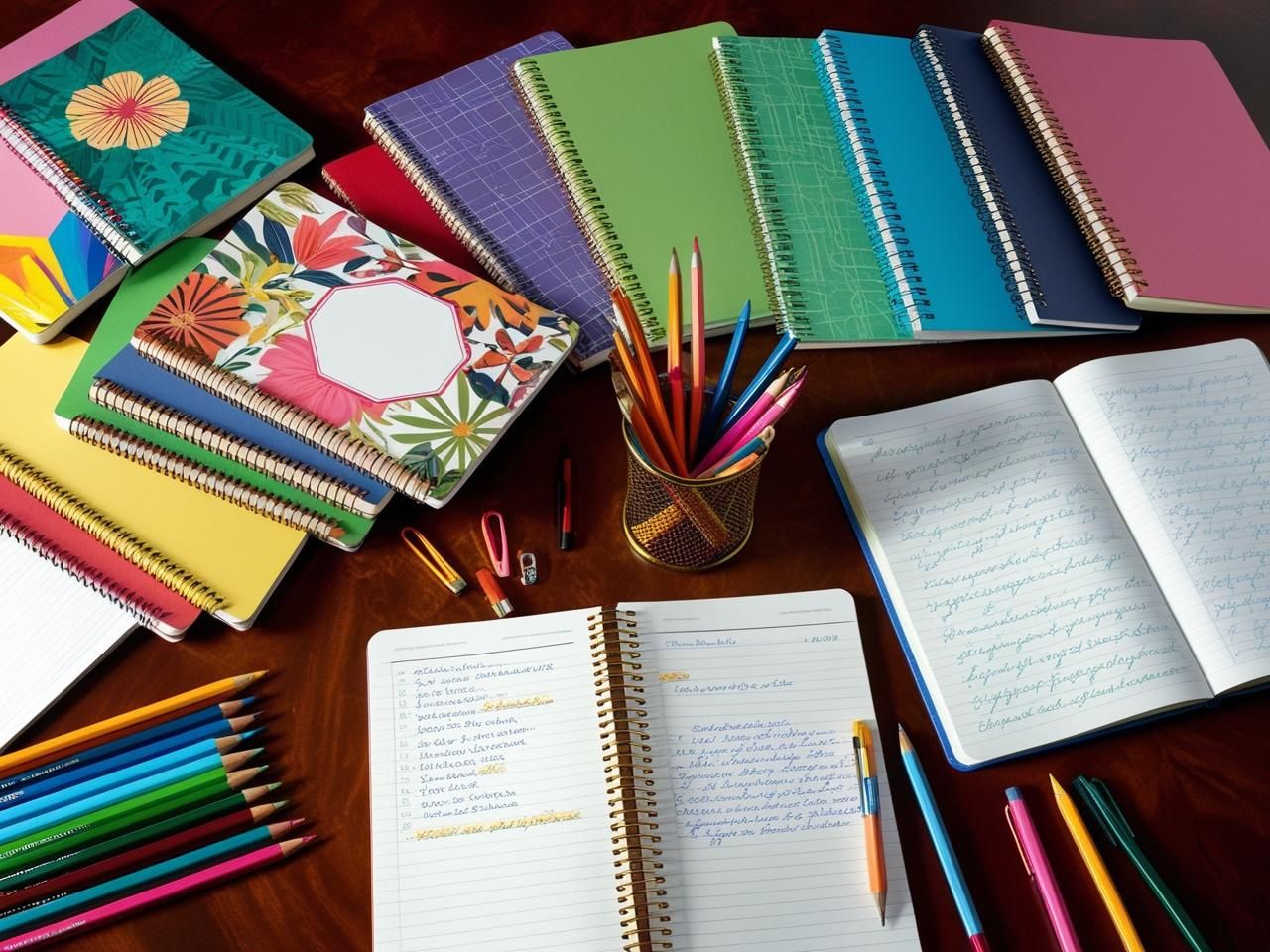- COMPOSITION NOTEBOOK
- Guides
- How to Use a Composition Notebook as a Budget Planner: A Practical Guide for Saving Money
How to Use a Composition Notebook as a Budget Planner: A Practical Guide for Saving Money
- Category: Guides ,
- Tags: Planner, Saving Money
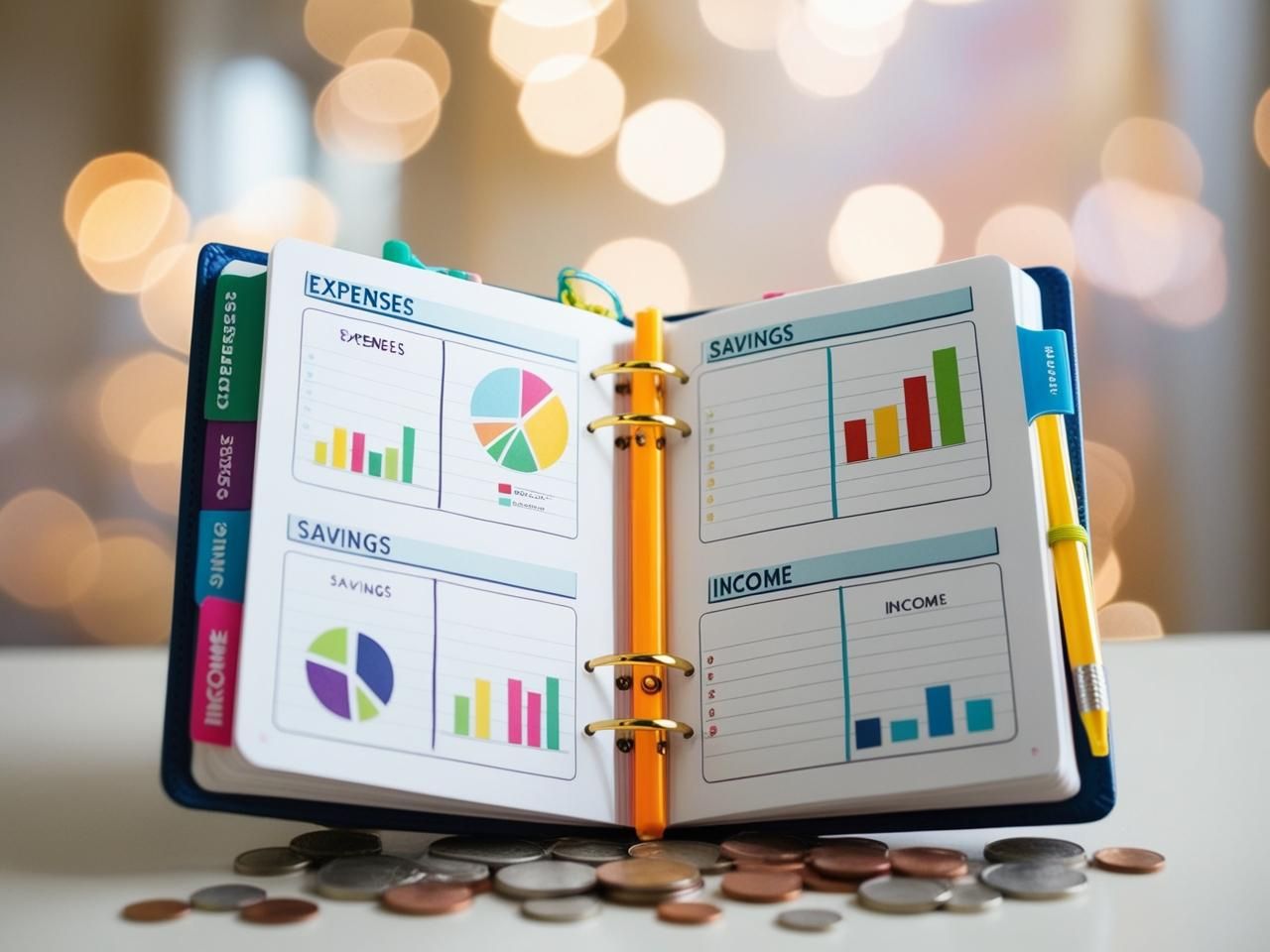
Budgeting doesn’t have to be complicated or expensive. With a simple composition notebook, you can create an effective budget planner tailored to your financial needs. This guide will show you how to transform a regular composition notebook into a powerful tool for tracking expenses, planning savings, and achieving your financial goals. Whether you’re new to budgeting or looking for a low-cost solution, this guide will help you get started.
Table of Contents
ToggleWhy Use a Composition Notebook for Budget Planning?
1. Affordable and Accessible
Composition notebooks are inexpensive and widely available, making them an ideal choice for anyone on a budget. You can find options like the affordable composition notebooks on Amazon or browse Google Shopping for budget options.
2. Customizable Layout
With blank pages, you have the freedom to design your planner exactly how you want. Try notebooks like the customizable blank notebooks on Amazon.
3. Simple and Uncluttered
Unlike digital tools or apps, a notebook provides a distraction-free space for managing your finances. Find simple designs such as the classic black-and-white options on Amazon.
4. Portable and Durable
The compact size and sturdy cover make it easy to carry around and use anywhere. Check out options like the travel-friendly durable notebooks.
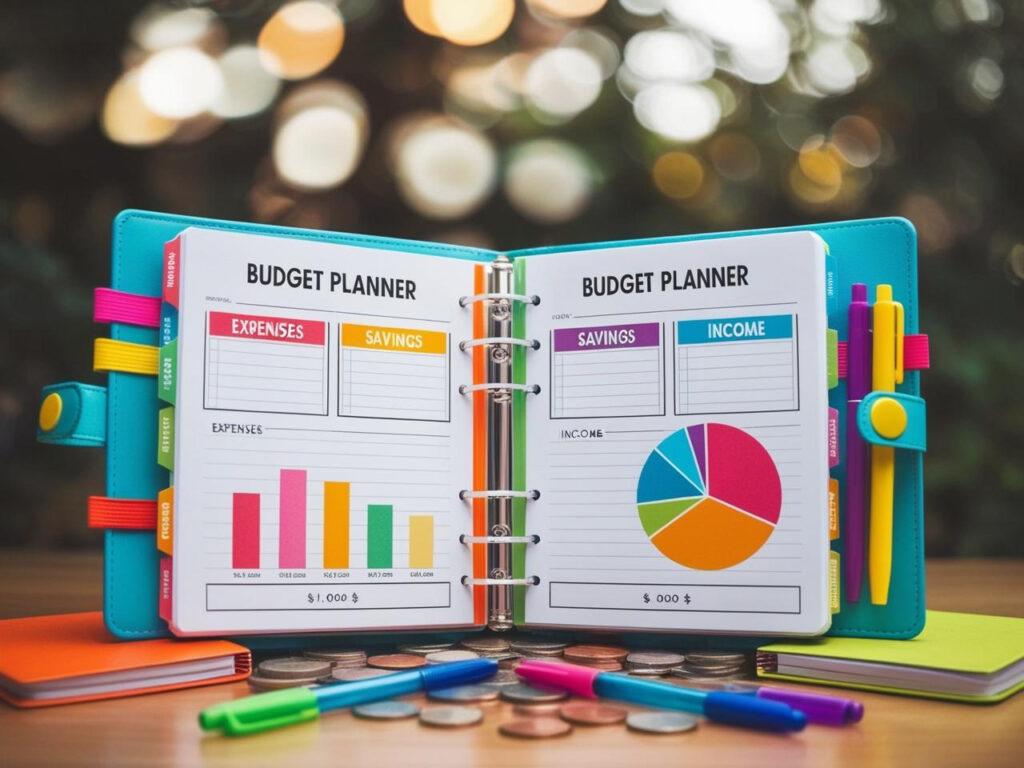
Step-by-Step Guide to Setting Up Your Budget Planner
Step 1: Choose the Right Notebook
Select a composition notebook with durable binding and enough pages to last a year. Wide-ruled or graph paper can help organize sections neatly. For examples, explore wide-ruled options on Amazon or graph paper designs on Google Shopping.
Step 2: Create Sections for Your Planner
Divide the notebook into the following sections:
- Monthly Budget: Track income, expenses, and savings goals.
- Expense Tracker: Record daily or weekly spending in detail.
- Savings Goals: Dedicate pages to specific goals like a vacation fund or emergency savings.
- Debt Payoff Plan: List all debts, interest rates, and payment schedules.
To create clear sections, consider using composition notebooks with built-in tabs.
Step 3: Design Your Monthly Budget Pages
Include sections for income, expense categories, and savings trackers. Keep the layout simple and functional. You can use guides like budgeting stickers and templates to add structure.
Step 4: Track Expenses Daily
Set up daily or weekly logs to record every expense. Use color coding to highlight different spending categories with colorful budgeting pens.
Step 5: Review and Adjust Monthly
At the end of each month, review your spending patterns and adjust your budget as needed. Use resources like the monthly budget templates available on Amazon.



Tips for Personalizing Your Budget Planner
1. Add Visual Elements
Use charts, graphs, or trackers to make your planner more engaging. For example, try stencil sets for budgeting.
2. Color Code Categories
Assign different colors to expense categories for easy identification and tracking. Explore Google Shopping for colorful pens or Amazon’s collection.
3. Include Inspirational Quotes
Add motivational phrases to keep yourself focused on your financial goals. Print and add them using printable stickers.
4. Set Milestones
Break large goals into smaller milestones and track your progress visually. For inspiration, check out Google Shopping’s milestone stickers.
Common Mistakes to Avoid When Using a Notebook Budget Planner
1. Not Staying Consistent
Make it a habit to update your planner daily or weekly to stay on top of your finances. Keep reminders handy with reminder tools.
RELATED POST
Composition Notebook by Pieffeweb | Cookie Policy | Privacy Policy | Disclaimer







